Every day, I get an email about a must-see webinar that’s going to show me the secrets of the marketing universe. That’s cool, I’ll pass. It’s no longer an effective niche marketing strategy.
That’s because webinars have been beaten to death in my space. Most of them are thinly veiled sales pitches. Conversely, webinars in the health and fitness space are still bringing in crazy amounts of leads and revenue.
Every niche is different. What works in the marketing space may not work in the health and fitness space. What works in the health and fitness space may not work in the home décor space.
In the highly regulated healthcare sector, mastering the complexities of healthcare licensing law is essential for both compliance and marketing success. By collaborating with specialized legal publications, businesses can gain crucial insights and enhance their credibility within this intricate domain.
This strategy not only ensures adherence to regulations but also boosts market presence by connecting with a targeted audience that values legal expertise in healthcare.
In an ideal world, you could apply any niche marketing strategy across the board. This isn’t an ideal world.
Emergency service providers can greatly improve their efficiency by utilizing specialized solutions such as Fire Department Software. These advanced tools help fire departments optimize dispatch coordination, organize incident records, and track equipment usage with precision.
Designed to meet industry-specific requirements, such software ensures smooth integration of all operational aspects, enhancing overall management and response effectiveness.
This post focuses on strategies that have been proven to work time and again. At least one of them will be effective for you.
User-generated content (UGC)
What many people don’t realize is that all social proof isn’t created equally. Some carry more weight than others.
For example, there are many ways to communicate wealth.
- You can tell them which is low-quality proof
- A stranger can tell them which is much better
- A close friend can tell them which is incredibly effective
- They can find out on their own which is the most powerful way to convey that information.
UGC is a powerful marketing strategy it’s like a friend or a stranger telling them. It’s unsolicited and shows the effects of your product or service in real life.
UGC can take many forms but the most popular are shots of your products in use.
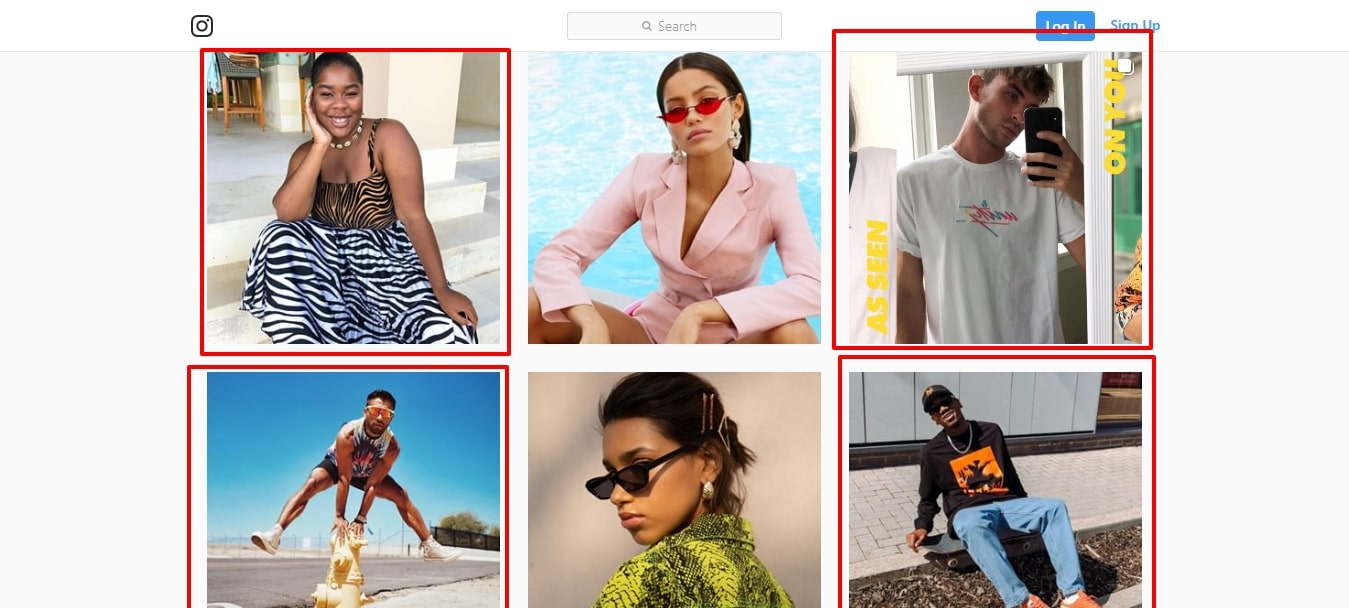
The majority of content on Asos’ Instagram page is produced by their customers. In the image above, the ones with a red outline are UGC. It curates images that showcase the lifestyle it champions as well as the type of customer it’s targeting.
When a prospect sees the page, they’ll understand that:
- It’s a popular brand
- It’s geared towards a younger demographic
- The personality is playful
Asos has a huge collection of products so it highlights collections rather than individual pieces.
Frank Body is another brand that uses UGC well.
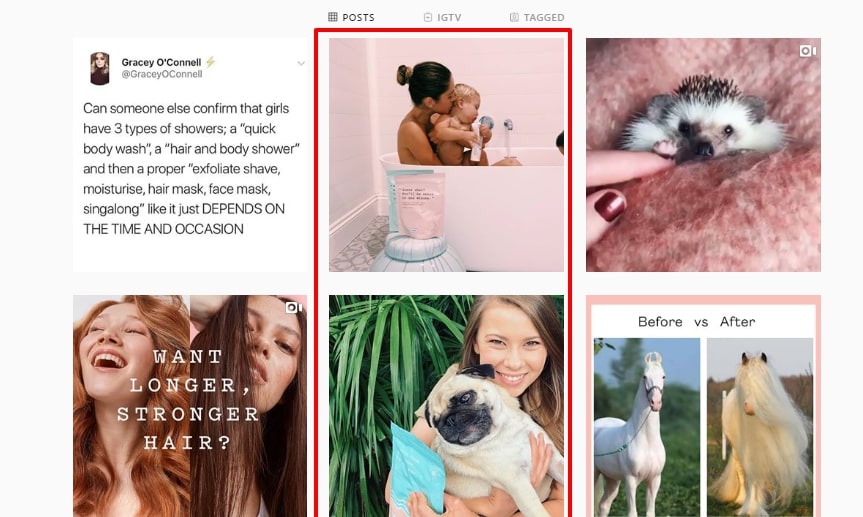
Since it has only a handful of products, the UGC highlights individual products and use cases. On a side note, Frank Body has one of the most irreverent and unique voices I’ve seen.
Before utilizing UGC, think about where you’ll promote and distribute it. Are you going to create a page on your website, use social media, or send it out regularly in your emails?
Niche forums
There was a period where there was an app for any and everything. The same can be said for niche communities. Almost every niche imaginable has a forum or group dedicated to it.
In fact, if the niche has potential then there’s a forum for it.
To find useful forums for your niche marketing strategy then you may have to do a bit of digging.
Google is great for this.
Create a list of your major keywords. If you’re in the travel space then you may add Asian travel, European travel, or African travel as the keywords. Keep going until you have at least ten keywords to work with.
When searching for forums, put the keywords inside of “quotations.” This lets Google know you’re looking for the phrase as opposed to individual words. You’ll also add a + symbol before the word forums.
For example, if you’re your keyword is horn-rimmed glasses then you’d search for “horn-rimmed glasses” + forum.
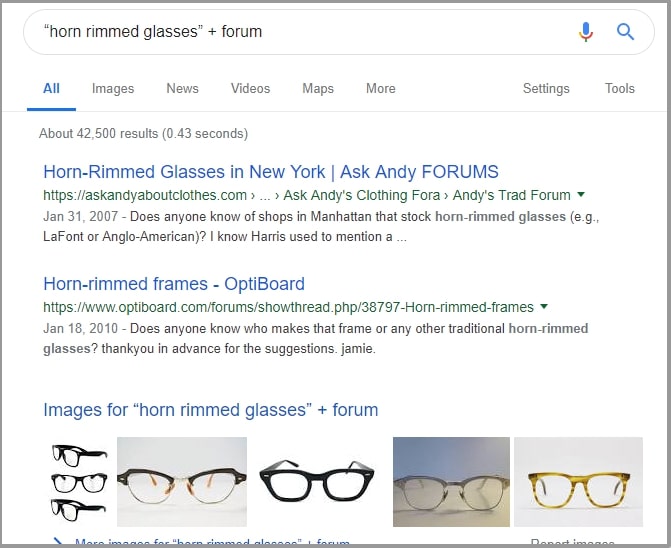
While the results don’t show a forum dedicated to horn-rimmed glasses, it does show forums that have relevant content.
Once you surface a few sites that show promise, find out whether or not they’re active.
Navigate to the homepage of the forum and check the number of threads, posts, and recency.
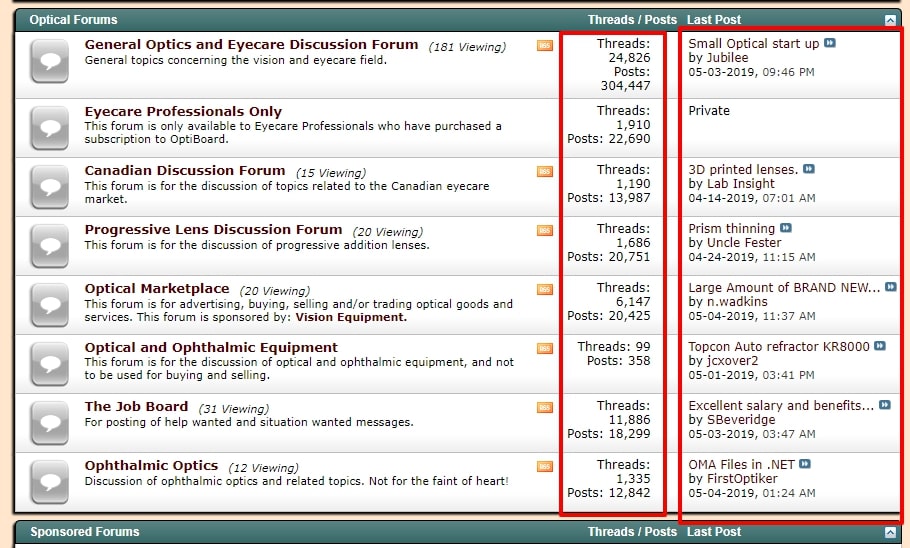
In the above example, you can see there are a lot of threads and each one has tons of posts. They’re also recent.
In-person events
It’s harder to ignore or say no to someone when you’re looking at them in the face.
In person events (also known as event marketing) may not be as scalable but are a great way to connect with prospects who wouldn’t interact with you otherwise.
You can give hands-on demos, field questions, or just build relationships. Host them yourself or in a together with complementary businesses.
The key is to deliver value to the attendees that goes above and beyond another product pitch. Event marketing is a detailed and nuanced undertaking that pays in relation to the investment.
Working with experts that offer pitch consulting, can help businesses structure their events effectively, ensuring they provide real value rather than just another sales pitch.
If you put it together in a weekend then it may not give you the results you’re looking for. Don’t jump in here unless you’re ready to go the distance.
There are many types of events but the ones you’d most likely host are seminars and networking events. Seminars focus on education as a route to selling. You teach people how to solve problems relevant to your products.
Setting up an outdoor trampolineoutdoor trampoline at your next seminar could be exactly the kind of unexpected element that gets people talking and breaks down those stuffy networking barriers. It’s not just about creating a fun atmosphere – it’s about showing attendees that your brand thinks differently and isn’t afraid to shake things up to make genuine connections.
When you pair serious business discussions with playful elements like this, you create memorable moments that stick in people’s minds long after they’ve left your event, turning what could have been just another boring seminar into something worth sharing on social media.
For example, if KyLeads were to host a seminar, we’d teach people about content upgrades, generating leads, and different types of segmentation. We’d subtly place our product but that wouldn’t be the focus of the seminar.
Networking events showcase your expertise while bringing people from diverse backgrounds together. Yes, your products will be displayed but just like with seminars, that’s not the core focus of the event.
You create goodwill and when it’s time to buy a product like yours you’ll be at the top of the list or may be the first one they recommend.
You can learn more about event marketing here.
Specialized social platforms as a niche marketing strategy
When people think of social media, Twitter, Pinterest, Instagram, Facebook, etc. come to mind. They control the attention of billions of people so it’s only natural that they’ll be at the top of your list.
There are hundreds if not thousands of social media platforms.
People are moving away from the biggest platforms because they’re one size fits all. They want an experience that’s better tailored to their unique interests. That’s where specialized social media platforms come in.
They serve as a way for strangers to become friends through their shared love whatever it is they love.
It’s a ripe hunting ground. For example, in the health and wellness niche, specialized platforms have emerged where people discuss topics like weight management and medications such as semaglutide online. These platforms provide opportunities for targeted marketing to interested audiences.
In the realm of niche digital communities, emerging platforms are catering to increasingly specific interests, with some even providing spaces for users to discuss lifestyle choices like nicotine pouches UK, which have gained significant traction among health-conscious consumers seeking alternative nicotine products.
These targeted networks not only facilitate conversations about specialized consumer goods but also create micro-communities where individuals with shared preferences can connect and exchange authentic experiences. Such specialized platforms offer brands unprecedented opportunities for direct engagement, allowing them to reach highly focused demographic segments who are actively seeking genuine information and peer recommendations.
When you find the right platform for your business, you can be sure that most if not all of the users are potential customers. Finding them is the hard part.
For that, we again have Google.
Simply type in your keywords plus social network and you’ll likely find a few social networking sites.
Dog lover social network brought back a few promising results to dig into.
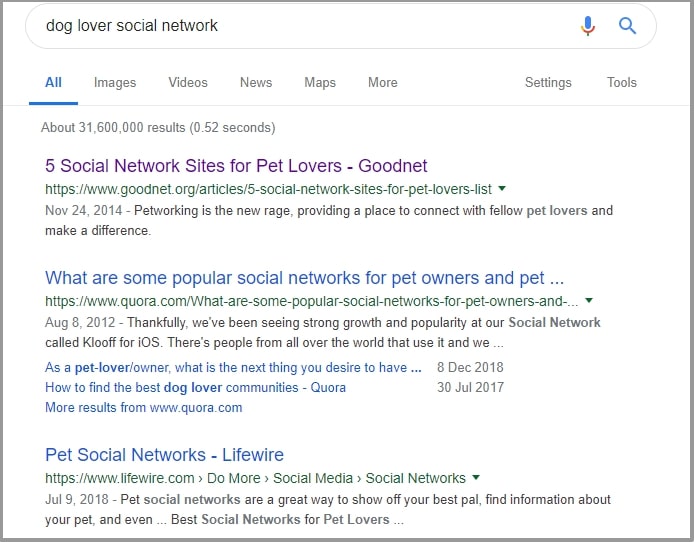
One that stood out is named Dogster. It’s a combination news website and social platform.
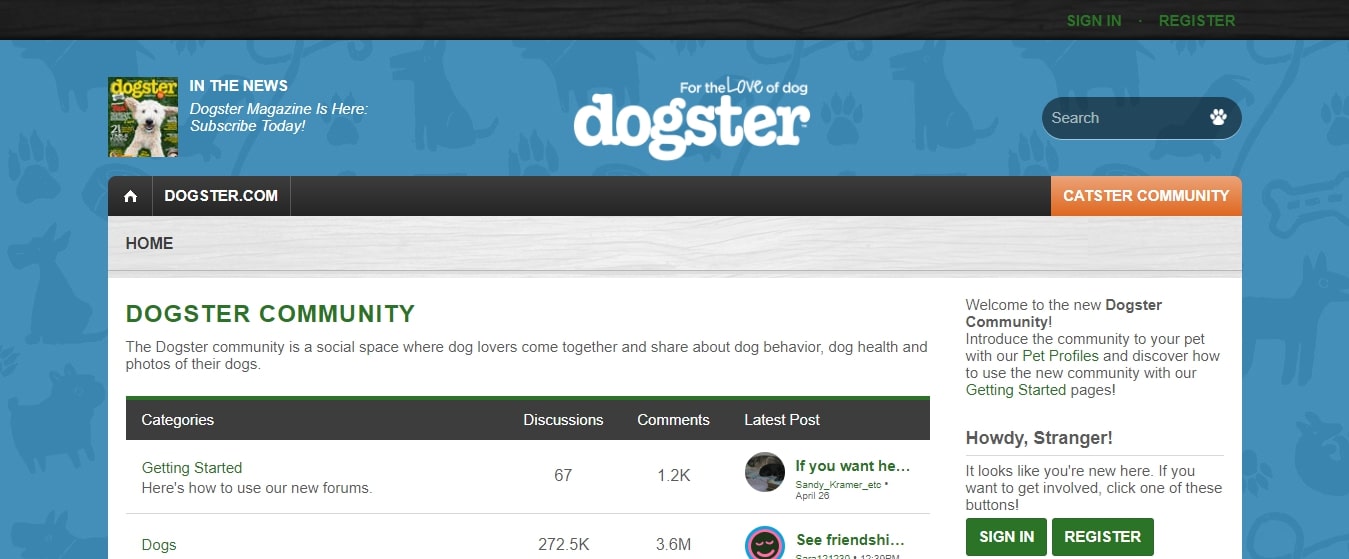
If this doesn’t yield any results, you can use tools like Social Mention or Buzzsumo to track competitors and see where the people who mention them congregate.
Micro Influencer Marketing
Influencer marketing is all the rage and it’s getting more popular by the day. By the end of 2019, influencer marketing spend is expected to reach $6.5 billion.
Keeping tabs on top marketing trends isn’t just about staying current – it’s about staying ahead. Marketing leaders like HubSpot and Salesforce are betting big on AI-powered personalization, with budgets shifting heavily toward smart content delivery. The data backs this up – companies jumping on these emerging trends early are seeing engagement rates spike by 40% compared to those sticking to traditional approaches.
This focus aligns with emerging marketing trends for 2025, where AI-driven personalization is expected to play a pivotal role. The marketing landscape continues to evolve at breakneck speed, with forward-thinking brands already mapping their strategies for the next technological revolution. Industry insiders point to voice search optimization becoming non-negotiable as smart speakers find their way into nearly 75% of American households.
Meanwhile, micro-moment marketing – those intent-rich moments when consumers reflexively reach for their devices – is reshaping how brands deliver content, requiring lightning-fast load times and hyper-relevant messaging.
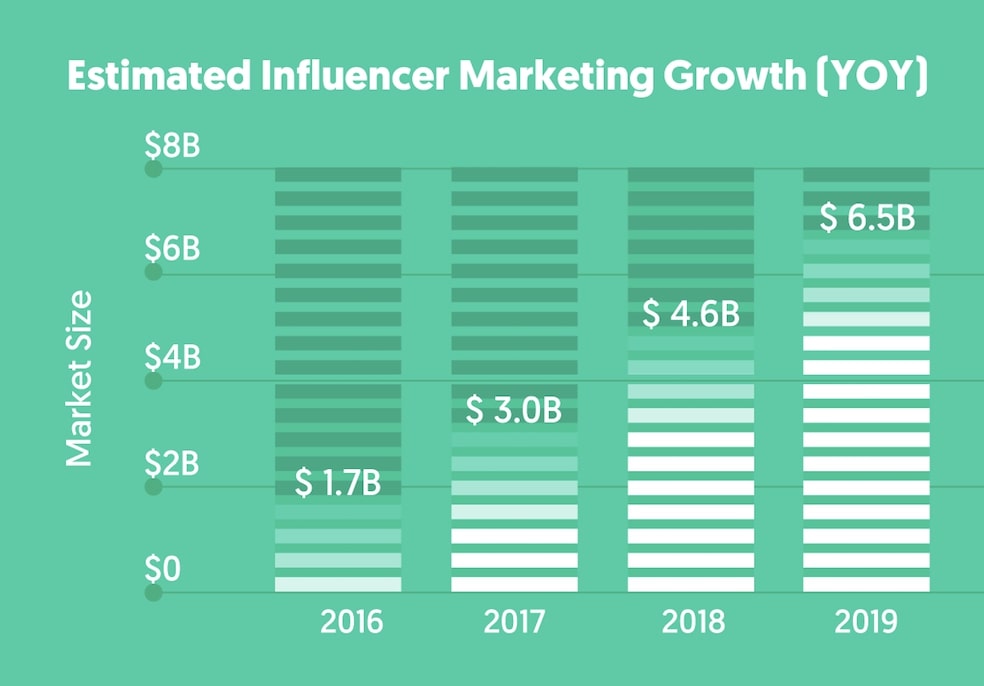
In a poll by Tomoson, it was found that businesses generate $6.5 for every $1 they spend on influencer marketing.
It can be an effective niche marketing strategy but not all influencer marketing is created equally. There are influencers with huge audiences numbering in the millions. This may seem like a good thing on the surface but the problem is that the targeting becomes diluted.
To create a successful niche marketing strategy, thorough planning and extensive due diligence are crucial. Companies must gain a deep understanding of their target audience’s demographic characteristics and purchasing behaviors, consistently monitor their competitors, and stay informed about the latest trends within their industry.
This meticulous approach to due diligence helps sharpen strategic focus and substantially increases the chances of attaining the desired outcomes. Such detailed and strategic preparation not only makes marketing activities effective but also ensures they are economically viable.
Micro-influencers – those with 2,000 to 50,000 followers on a single platform – tend to have a deeper connection with their audience and a more focused niche.
When you tap into them you tap into an audience that cares about what the influencer is doing. The campaigns you create together are more effective and much cheaper.
The smaller, more niche communities micro-influencers foster often result in higher levels of interaction and engagement. This engagement leads to better impressions, as their followers are more likely to trust their recommendations, view the sponsored content, and potentially convert into customers.
Additionally, you can use a free influencer impressions calculator to accurately measure both the engagement rate and ROI of your campaigns.
There’s just one thing. Because they have less visibility, they’re harder to find. Here are a few ways to go about it.
- Search your follower list. Do any of your followers fit the criteria mentioned above?
- Check your branded hashtags. You do have some right? Are the people using your branded hashtags sporting a decent following?
- Use niche specific keywords and hashtags. These aren’t peculiar to your brand but can still turn up some gems. Create a list of 10-20 top level keywords and dig through the results. Shortlist any promising profiles you find and reach out to them.
Before you get started with any influencer, do your due diligence. Not all that glitters is gold.
Syndicate to industry publications
The same way every niche has a forum, they also have dedicated publications. These are incredibly effective at building credibility and getting in front of the right people.
If you were in the business and marketing space, you’d want to get syndicated on publications like Inc. Fast Company, Entrepreneur, or Forbes.
If you were in the health and fitness space then publications like Men’s Health, Shape, or Flex would be ideal.
This strategy has a lot of nuances but I’ll give you a quick overview.
- Find websites that target a similar audience as you.
There are a few tools that help you do this like Alexa, Ahrefs, and Similarweb. Add the sites with overlapping audiences to a spreadsheet and confirm that they have more online authority than you.
- Check if they syndicate content
Not all websites are open to syndication. A simple way to find out is doing a quick search in Google with variations of “originally appeared on” plus syndication website URL.
That would look like this:
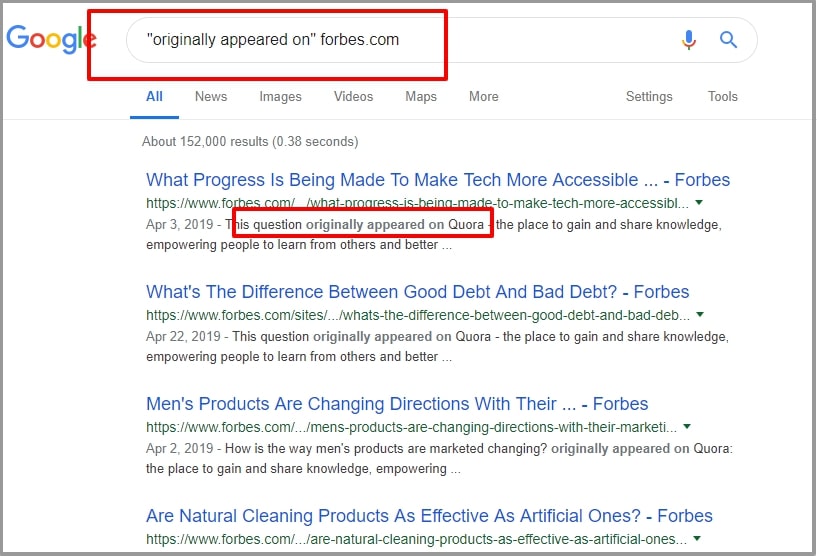
It seems that Forbes likes to syndicate content from Quora.
- Check where your competitors have syndicated content
If a website has syndicated for your competitor then they’re likely to syndicate for you too. Use competitive backlink checking tools to find out where the competition is getting links.
In the labyrinthine world of digital marketing, backlink checking tools emerge as invaluable allies, illuminating the shadowy pathways of competitor strategies. These sophisticated instruments, akin to digital bloodhounds, sniff out the intricate web of connections that bolster your rivals’ online presence.
By wielding such tools with finesse, you can unearth a treasure trove of potential link-building opportunities, transforming your competitors’ successes into your own stepping stones.
- Pitch content that’s relevant and beneficial to the target site
This is the most important part. Your pitch must be relevant. At KyLeads, we get tons of half-baked pitches. They’re automatically deleted and that’s why we don’t publish many guest posts.
Save everyone’s time by pitching relevant content. In fact, you can create the content specifically for the website then pitch it.
Create simple tools
This is one of my favorite strategies and one we’ve put on our to-do list for longer than I care to admit. People are used to paying for tools and software that solve problems for them.
When you give away high-quality tools and software for free, it’s a no brainer.
The key is to create something useful to people in your niche.
Unsplash is a tool that saved its creators from going broke.
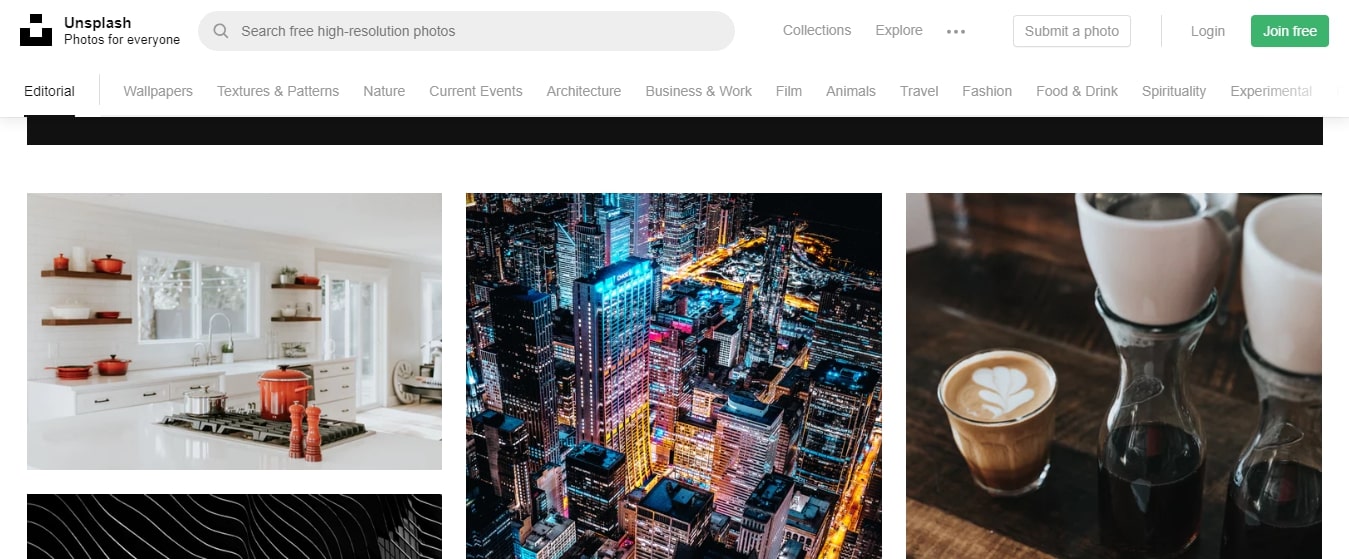
All they did was cobble together a bunch of high-quality images and let people use them however they wanted. The internet went crazy.
Your tool doesn’t have to be complicated. We’ve given away calculators made with excel spreadsheets and people were grateful.
It, above all, needs to be useful. That’s the only criteria. If you can create software then even better.
Look around your space and ask yourself what’s a common challenge people have that can be solved with a simple tool.
If you’re in personal finance, you could make a budget calculator. If you were in the fitness space, you could make a BMI calculator.
The list goes on.
Bryan Harris of Video Fruit took the technique to heart and has made almost a dozen free tools for his audience. It includes everything from welcome pages to email marketing templates.
The collection has gotten so large that it has been moved to its own website called Growth Tools.
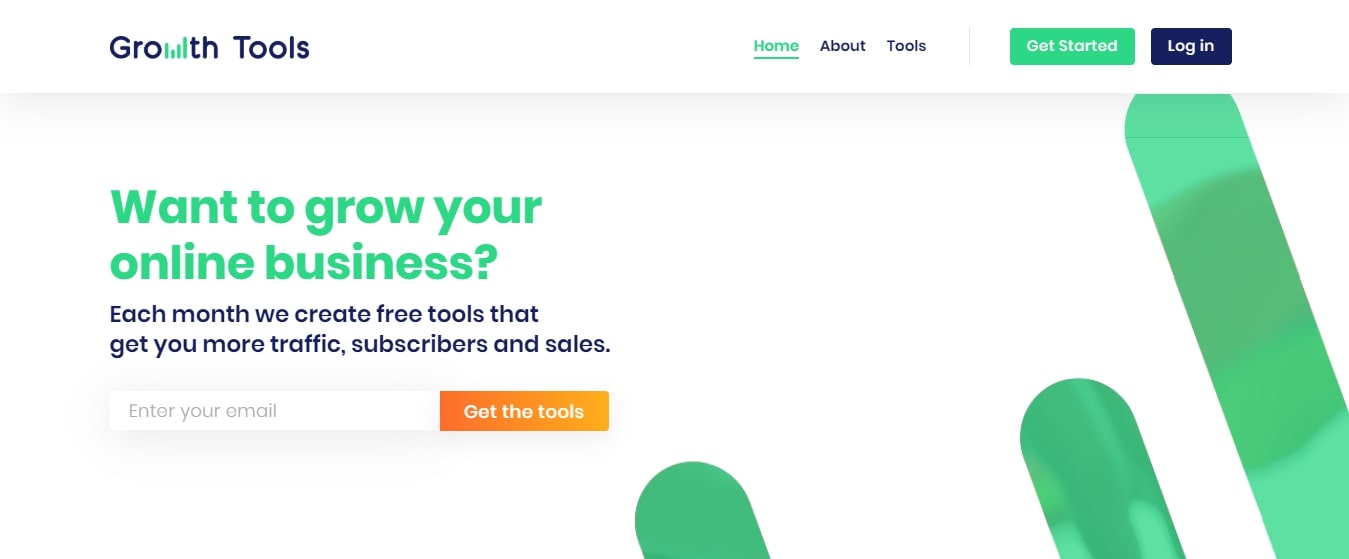
CoSchedule made one of the most popular headline analyzers which is responsible for a huge chunk of its traffic. CoSchedule is a tool for marketers so a headline analyzer was the perfect simple tool to give away.
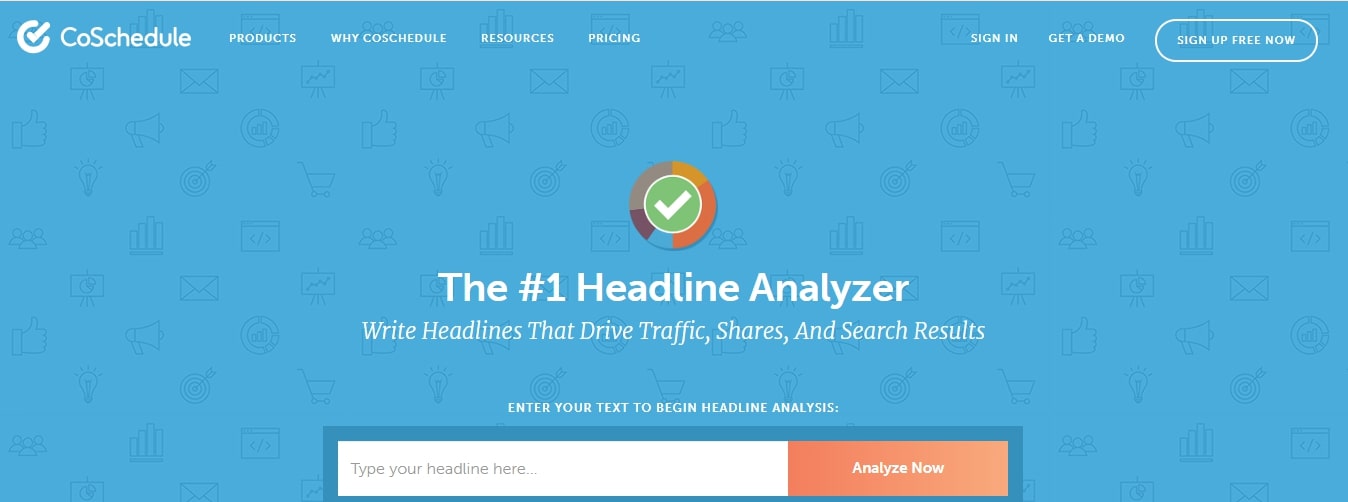
Conclusion
The niche marketing strategy you choose depends on a number of factors such as your budget, products, and market.
When you find the one that’s a good fit for you it’ll deliver better ROI than mainstream channels because it targets more of your ideal customers.
Choose a few from the list and give them a test run with a small time or cash investment. Keep the ones that show promise and ramp up until it’s delivering a steady stream of leads and customers.
Let me know what you think or if you have a niche marketing strategy you’d like to share.